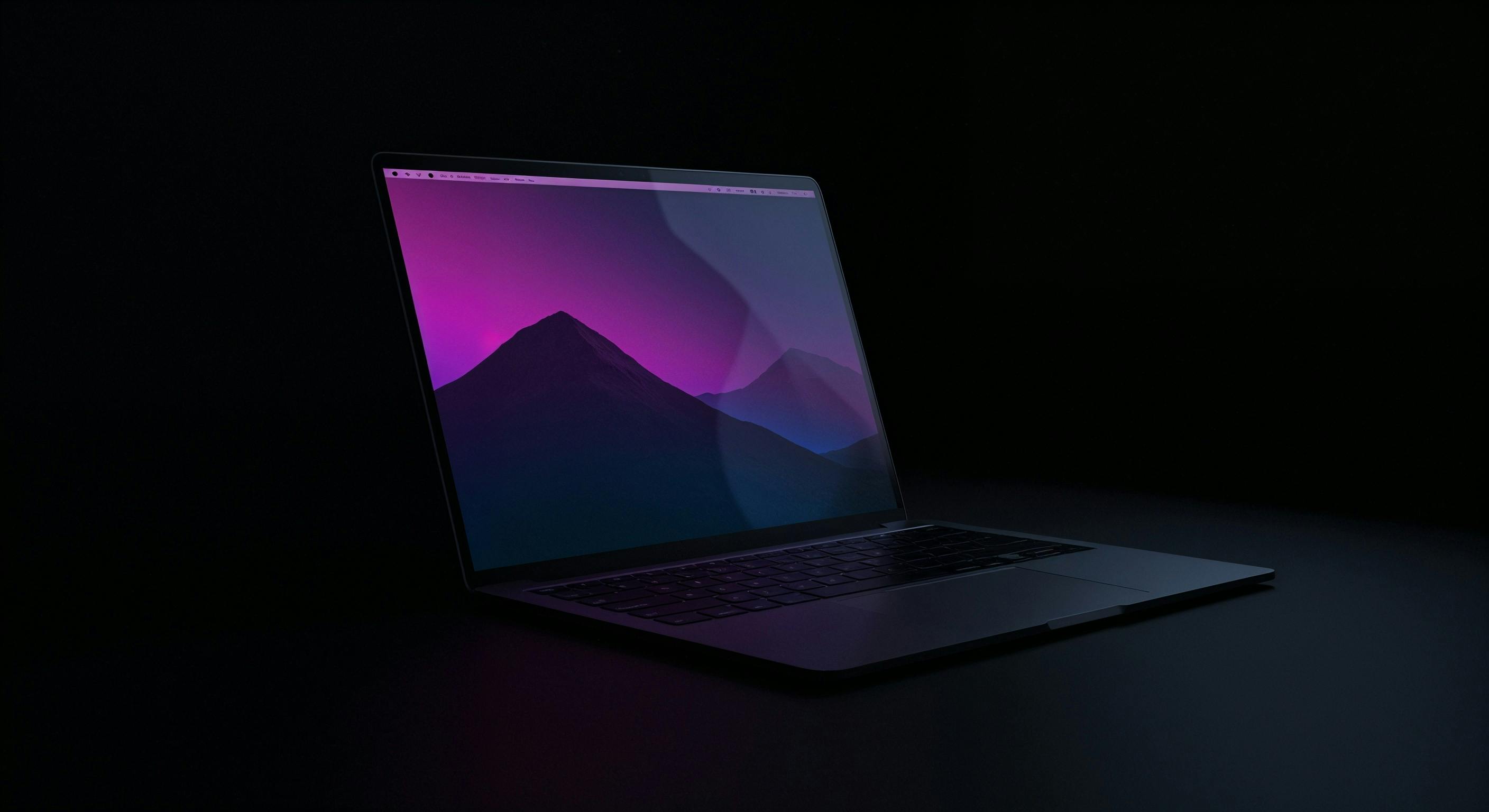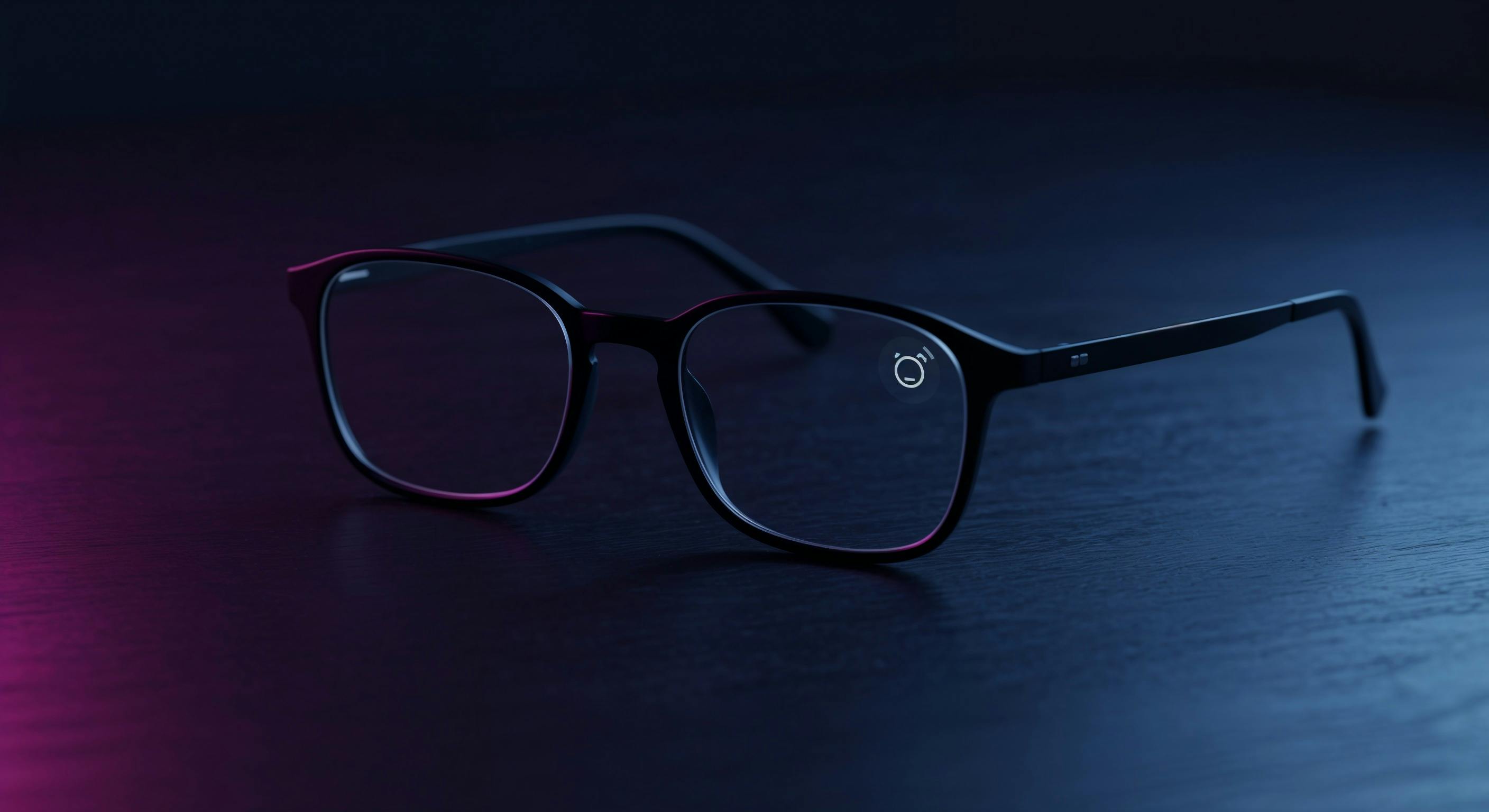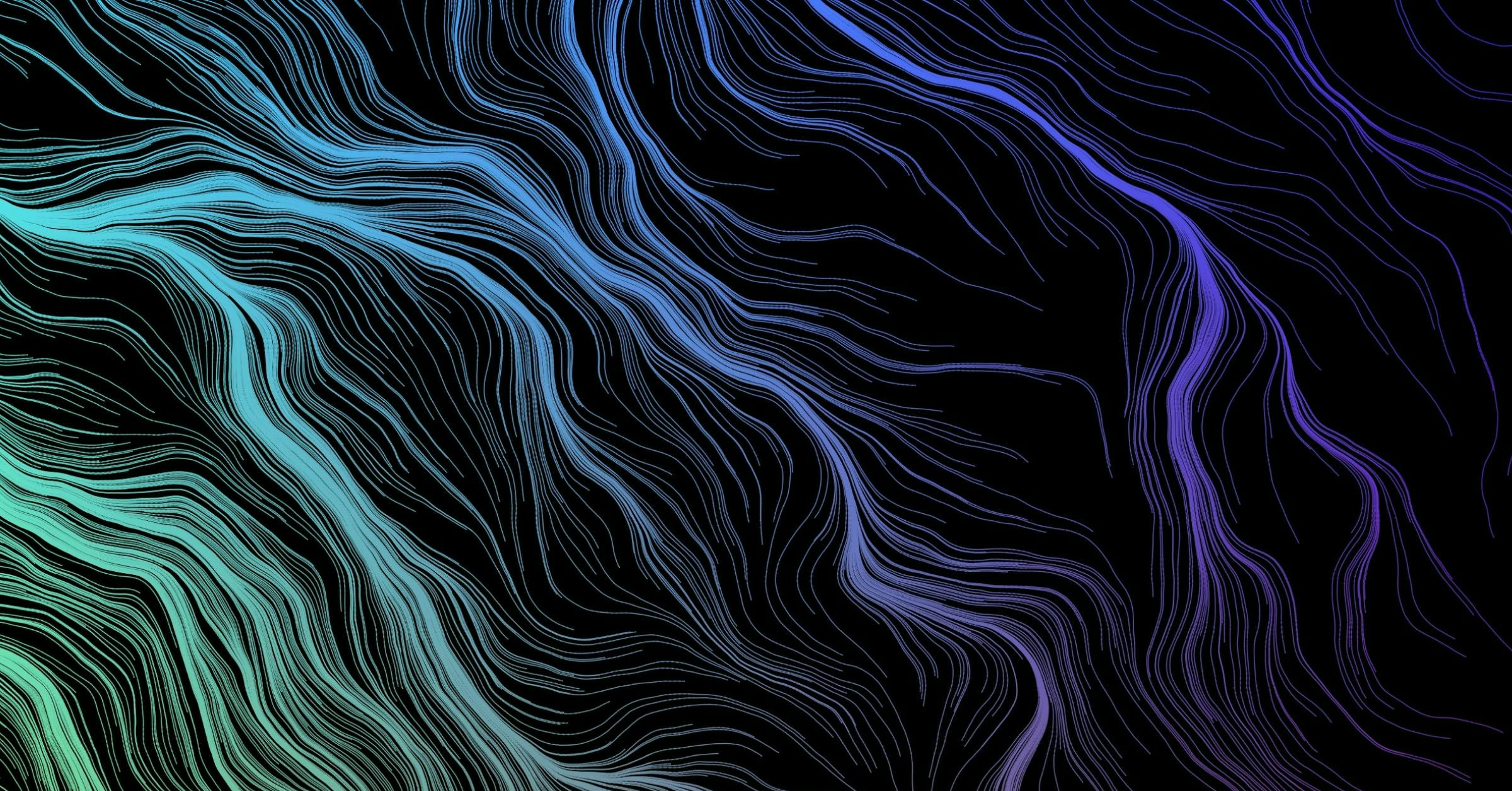
How VR, AR, and AI are shaping the future of UX/UI design
How VR, AR, and AI are shaping the future of UX/UI design
Technology

December 19, 2024
By Florence Lae Teh
Link copied!
UX/UI design is in the midst of a transformation. With new technologies like Augmented Reality (AR), Virtual Reality (VR), and Artificial Intelligence (AI) taking centre stage, the way we interact with digital interfaces is shifting – and fast. For designers, the challenge isn’t just about keeping up. It’s about rethinking what’s possible beyond the constraints of traditional screens.
We caught up with Florence Lae Teh, our senior UI/UX designer, to get her take on how these technologies are shaping the future of design.
Bringing immersive experiences to life with VR and AR
VR and AR are no longer futuristic concepts. They’re slowly finding their place in our daily lives, transforming how we work, play, and interact.
VR, with its fully immersive environments, allows users to step into entirely new realities. For designers, this means rethinking the rules – creating in three dimensions where space, interaction, and movement are the building blocks of intuitive and engaging experiences.
AR, on the other hand, blends the digital with the real world, overlaying virtual objects and information onto physical spaces. Whether it’s enhancing education through interactive learning environments or revolutionising retail with virtual fitting rooms, AR is transforming everyday experiences.
The challenge lies not in employing technology for its own sake but in harnessing it to create experiences that resonate on a human level.”

AI: the new design partner
AI does more than tackle mundane tasks – it’s becoming a creative partner in the design process. Think of it as an extra team member, offering fresh perspectives and freeing up more time for designers to focus on crafting meaningful user experiences.
It enhances workflows in practical ways, from suggesting interview questions and generating reports to curating findings from user-testing sessions. What’s more, AI can generate initial design ideas – offering layouts, patterns, or elements that might not have been considered. These suggestions often act as creative sparks, inspiring designers to push concepts further.
AI isn't just a tool. It's a collaborator that brings a new dimension to the creative process.”
Designing beyond the screen
As voice-activated systems and wearables become more common, UI/UX designers face a new challenge: creating seamless experiences without the traditional screen.
From voice commands to tactile feedback from smartwatches, the user experience must feel fluid and intuitive across all devices. Designers are now building digital environments that seamlessly blend into users' daily routines, enhancing their experiences without needing a screen.
This paradigm shift towards non-screen-based interfaces demands a radical rethinking of design methods. We’re designing experiences that integrate into everyday life, whether users are interacting by touch, voice, or gesture.”

With VR, AR, AI, and screenless devices reshaping the digital world, UI/UX design is entering a transformative era. Designers are leading the charge, creating experiences that integrate into everyday life. The challenge – and the opportunity – lies in pushing boundaries while keeping human experience at the heart of every design decision.
Link copied!


